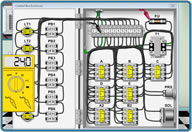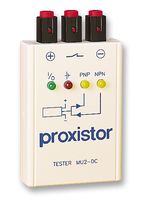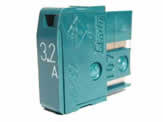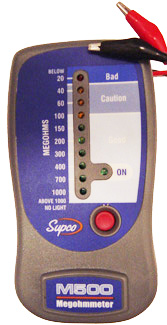Servo Motor (3phase 220vac) testing:Below are some basic principles for testing servo motor circuits with meter or megohm meter. This procedure will show you how to test for shorts in windings, cables or opens. But before starting turn off all power sources to machine then disconnect the 3- phase motor lines ONLY from the drive. Check the cable along with the motor at the same time to cover everything, if this turns out good then all is usually well. Diagrams not available yet . |
||
|
|
 |
|
|
Testing for short to ground at all, then a problem exists with either the motor or cable . If it is go directly to the motor and disconnect from cable and check motor and the cable separately. Be sure to make sure leads on both ends are not touching anything including the other leads. Most servo motor shorts can be read with a regular quality meter. Make sure you use quality meter going up to at least 10megohms |
|
|
|
Testing for Open or short in windings:
 Using Ohm meter: |
||
| Cable and Plug Notes: Often times the connector on the cable to the motor will get coolant in it. Try drying out and retest. If it is still bad the inserts themselves get burn marks in them and cause a slight short and should be replaced. |
||
|
If its a DC Motor check the brushes. There should be 3-4 round caps to remove around the motor. Under these you will find a spring with a square block (brush). See how much is left maybe need to replace. Also check the commutator that the brushes ride against for wear. Try wiping surface. |
||
|
|
||






